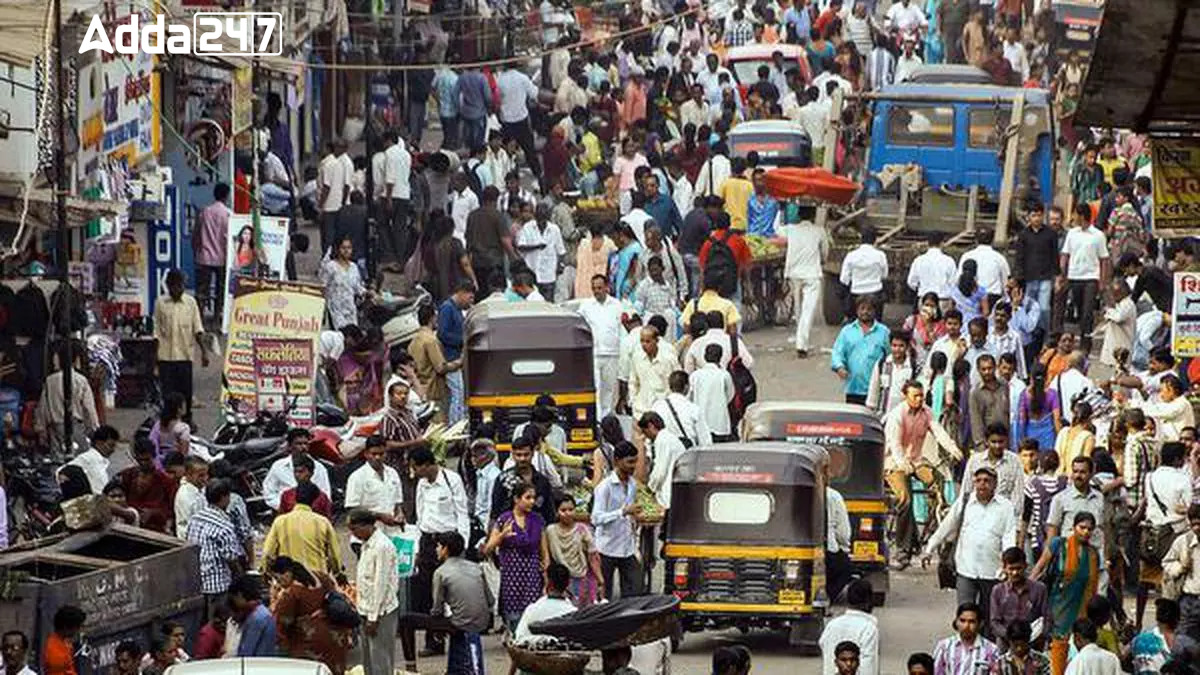United Nations Population Fund (UNFPA) The latest report, titled “Interwoven Lives, Threads of Hope: Ending inequalities in sexual and reproductive health and rights,“Highlights India’s population dynamics and persistent disparities in sexual and reproductive health.
India’s population overview
India is leading globally Estimated population 144.17 crore, more than China. The report shows that India’s population is expected to double in 77 years. Notably, 24% of India’s population falls in the 0-14 age group, indicating a significant youth demographic.
Maternal Health Progress and Challenges
While there has been a decline in maternal deaths, which account for 8% of global mortality, India still faces huge disparities in maternal health. Despite improved access to maternal health services, disparities persist, with maternal mortality ratios in some districts alarmingly high.
gender based inequalities
The report highlights ongoing gender-based disparities in health care access and outcomes. Vulnerable groups such as women with disabilities, migrants, ethnic minorities, LGBTQIA+ individuals and marginalized ethnic groups face increased risks and barriers to sexual and reproductive health services.
Challenges and calls to action
Despite progress in reducing unintended pregnancies and maternal mortality, the report highlights persistent challenges, including limited bodily autonomy for women and increasing restrictions on reproductive rights. It emphasizes the urgent need for continued investment and global solidarity to address these inequities and ensure equitable access to sexual and reproductive health care.

